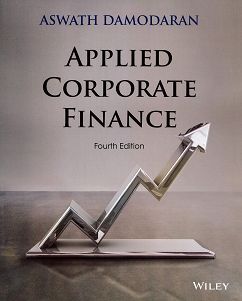書籍分類

Essentials of Financial Management 4/e
作者:Eugene F. Brigham, Joel F. Houston, Jun-Ming Hsu, Yoon Kee Kong, A.N. Bany-Ariffin
原價:NT$ 1,300
ISBN:9789814792080
版次:4
年份:2018
出版商:Cengage Learning
頁數/規格:904頁/平裝彩色
參考網頁:Essentials of Financial Management 4/e
版次:4
年份:2018
出版商:Cengage Learning
頁數/規格:904頁/平裝彩色
參考網頁:Essentials of Financial Management 4/e
內容介紹 本書特色 目錄
- Description
The fourth edition of Essentials of Financial Management continues to provide students with a focused understanding of today's corporate finance and financial management. This market-leading text offers a unique balance of clear concepts, contemporary theory, and practical applications in order to help students understand the concepts and reasons behind corporate budgeting, financing, working capital decision making, forecasting, valuation, and the time value of money. It has been updated to include discussions of several major events such as the European debt crisis, the continued weakness in the economy, the dramatic run-up in the U.S. stock market between 2011 and 2014, and growing unrest around the world.







